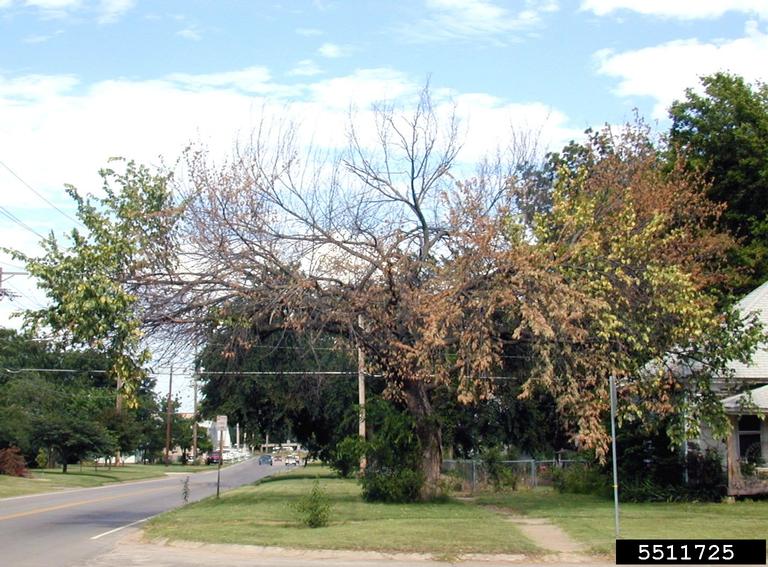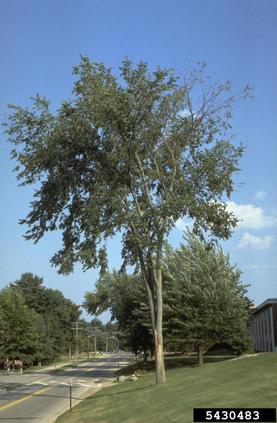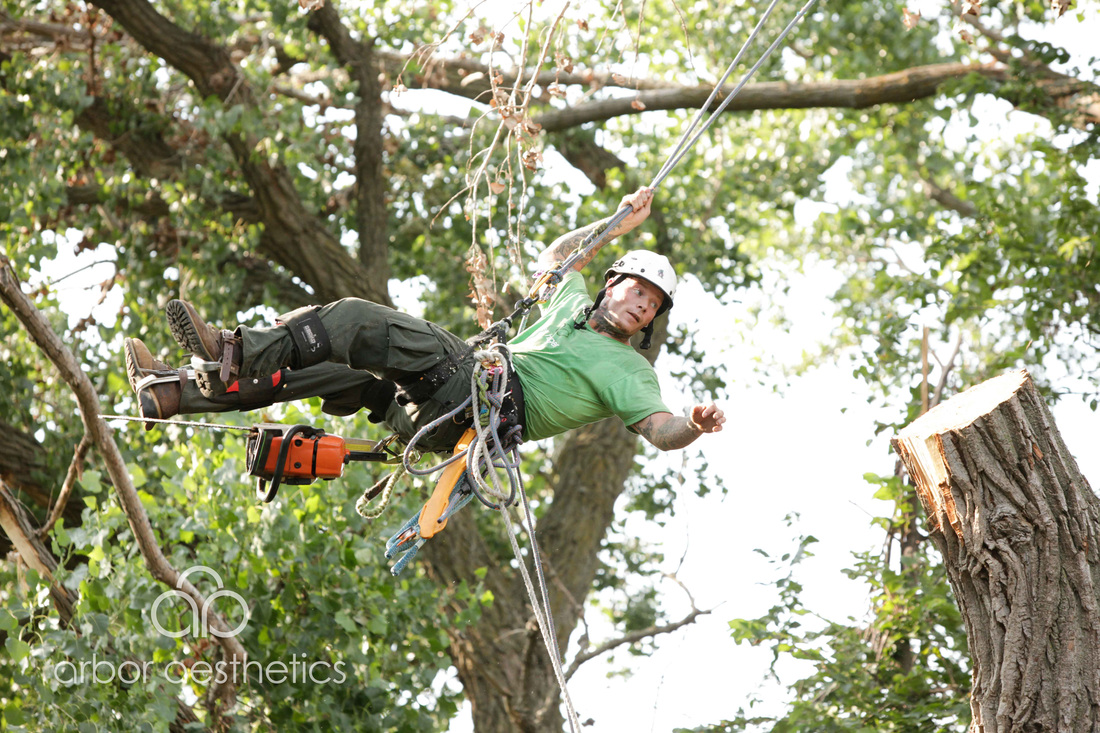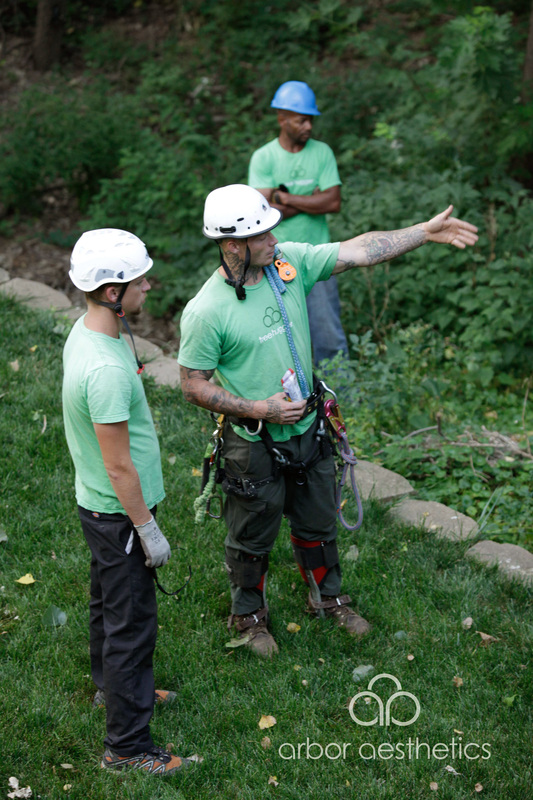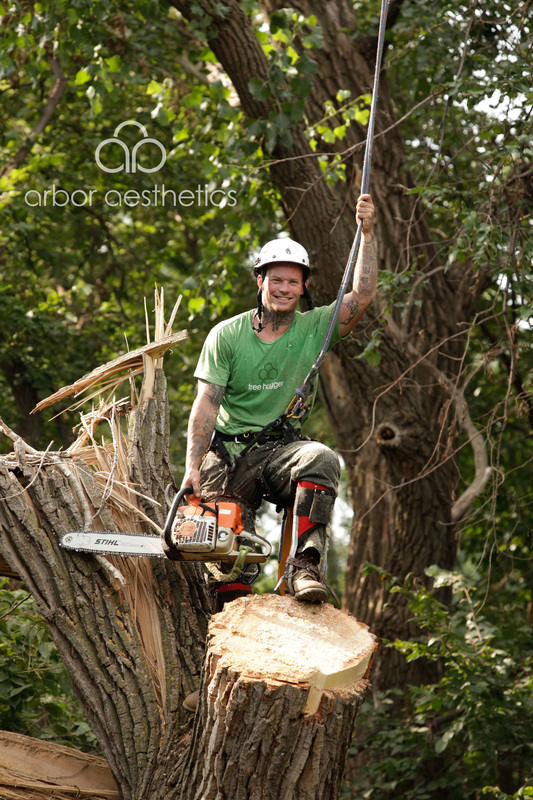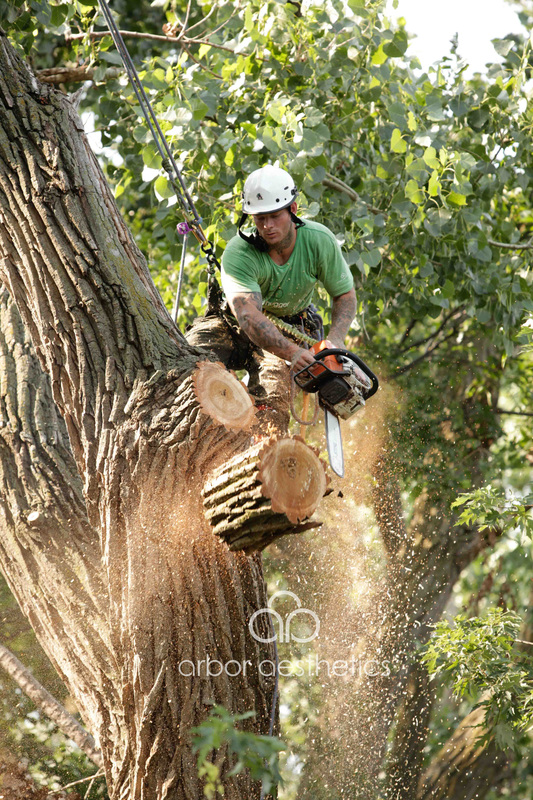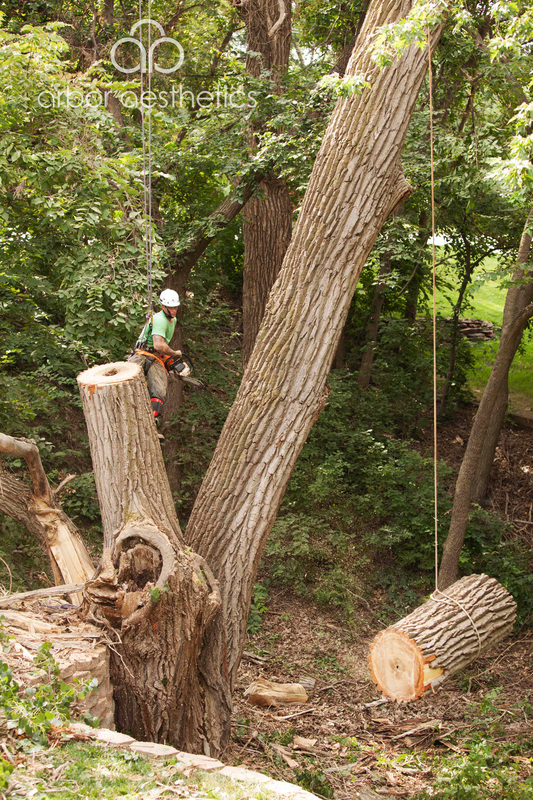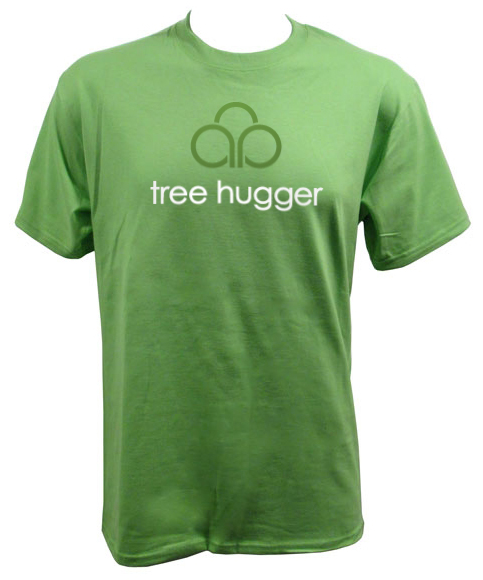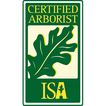1 Comment
Check out these great action shots of a cottonwood our crew cut down. Pictured in the tree is Steven, our climber-in-training. He is well on his way to becoming a certified arborist and expert tree climber, and already exhibits great skill, agility, and an eye for aesthetics. Steven has a take-charge attitude and leads by example. He communicates his vision of the job clearly to the crew, and they work together wonderfully to get the job done! Below, Steven and Bailey review the job plan. Can you tell Steven loves his job? Look at that grin!
|
AuthorAmy Grewe, Certified Arborist & Co-Owner Categories
All
Archives
April 2024
|

